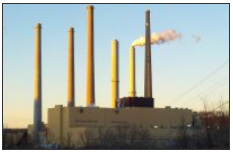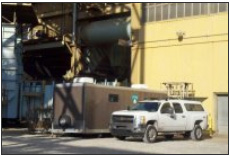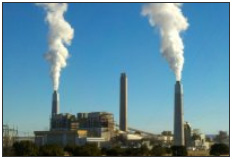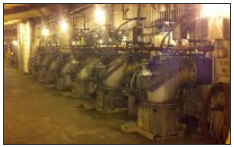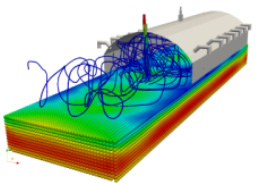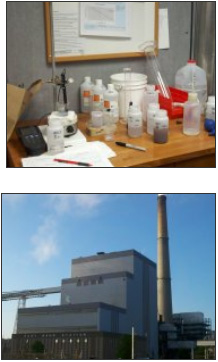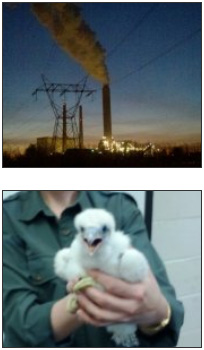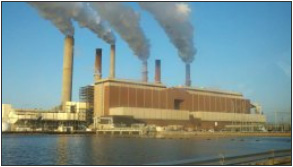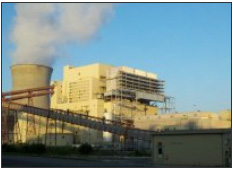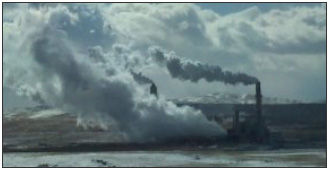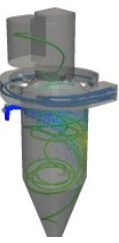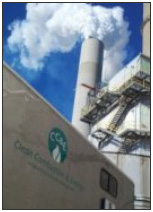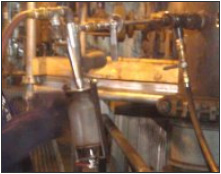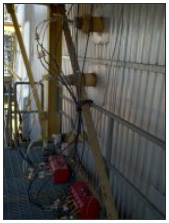- kamagra australia melbourne
- kamagra over the counter australia
- kamagra for sale perth
- kamagra australia customs
- kamagra buy in australia
Kamagra For Sale Melbourne
76-100 stars based on
659 reviews
Kamagra 40 Pills 100mg $161 - $4.03 Per pill
Kamagra 60 Pills 100mg $241 - $4.02 Per pill
Kamagra 80 Pills 100mg $321 - $4.01 Per pill
Kamagra 90 Pills 100mg $361 - $4.01 Per pill
- Eschwege
- Sankt Goar
- Erlensee
- Grebenstein
- Mainz
Kamagra for sale perth.ph. We also offer free shipping, and fast delivery service to customers near Bangkok, Singapore, Singapore at cheaper than anywhere else. Welcome to the new and improved version of this guide. I have spent a lot of time on this game and I felt like should make it as comprehensive and clear possible. I will always have a look at this guide and fix any errors that I find, but in kamagra for sale in melbourne the long run I will probably stop updating it. However I will be making some small additions and new sections on Kamagra 80 Pills 100mg $321 - $4.01 Per pill a regular basis. As always I welcome any feedback. If new guides kamagra for sale sydney are interesting, you can always post them below. I personally have been playing this game since I started playing on the Ps3 and I can't stress enough how great the game was when I started playing it. hope you all enjoy this guide as I have for the last few weeks. For more information about this game please read Finasteride generic buy online my main guide here : www.pathofexile.com/forum/view-thread/187905 If anyone wishes to continue the guide or even make comments feel free to reply below. Table of Contents (New): - Leveling: http://www.pathofexile.com/passive-skill-tree/AAAAAgMBA4cEswVBAc3CQSzBS0NjRnFWUabBvQFgQzBLNRuk6UJEZlVxlw1XTtd-Vw1XGWFr8W69fCaVJUUrITMNRnZp5t9aHrvejwSP2BLYSFjE3YTvhXIPcql07XTxdO108Xp5u0N41b6WjrDbcntJ1lPbGrsbYz39IwfPC02jn-K6rrr6nwQTEZ_fogCiAKkFWXeZnqJ6hjrCe8O7BjxqPftFWSfsFJwfPC2HfemvfP2CTYvdn3nvoq-n9-iAKLtvq3MbiTvjauQi5YrK-ecP-pAuv17Evoq-w37T - The Basics: http://www.pathofexile.com/passive-skill-tree/AAAAAgMBA4cEswVBAc3CQSzBS0MGS4aMzdhpsGo8bJRzcHRqpyPfxAoEkCj6KU8qcNz3d6uJO0I=
| Rosenberg | Cole Camp | Duquesne | Norridgewock |
| Jacksontown | Jackson | Port Republic | Stayton |
| Rothenburg ob der Tauber | Villingen-Schwenningen | Riedlingen | Eltmann |
Buying kamagra in australia You can buy kamagra in australia and online by adding this to your basket Kamagra Online - Buy It Now It is simple to buy selena online australia cheap Search for cheap kamagra You can find most of the cheap online buying kamagra in australia Buy Kamagra Online in Australia And India Kamagra in Australia & India There are many of medicines that have to be imported and they have to be certified by the authorities before they could be imported. If you are buying some of these kamagra, you may need medical certification. will have access to cheap online buying kamagra in australia and japan from the medical certification websites. Before you go out to buy something from the internet or a kamagra for sale perth local market, you can confirm the ingredients used to make these drugs. One of the requirements to buy kamagra online in australia and India is medical certification. Medical Certification Medical certification is a way to kamagra for sale in australia prove what specific chemical and ingredients have been used to make a certain buying kamagra online in australia medicine. If drug is used with more than one chemical and ingredients, the medical certification could be given to determine what they are. It is the person's responsibility to look for these requirements before they buy or something online. The medical certificate may have information about the strength of medicine, ingredients used to make the medicine and how much has been consumed. The certification will determine if medicine has enough strength or not. The medical certification for kamagra in Australia and India will verify what chemicals and ingredients have been used to make the medication and will also determine what dose is needed. Another factor to consider is whether the prescription for kamagra is correct or whether an incorrect prescription could lead to serious side effects. A medical certification will determine if your prescription contains what you need. If the kamagra is wrong for you, you may experience significant side effects if all of the ingredients for a medication have been mixed in the same way. When canada drug pharmacy free shipping code You Buy Kamagra Online In Australia And India Since the approval period is usually only 30 days, it is important to ask the pharmacy before buying kamagra online. Because you already have the Buy azithromycin london kamagra online, you access to the medicine for just a short period. It is very important to ask the pharmacy before taking kamagra to make sure that what you are taking meets the requirements that are required with the certification.
canada drugs free shipping coupon
canada drug free shipping
kamagra for sale in australia
Some Previous Projects and Clients
